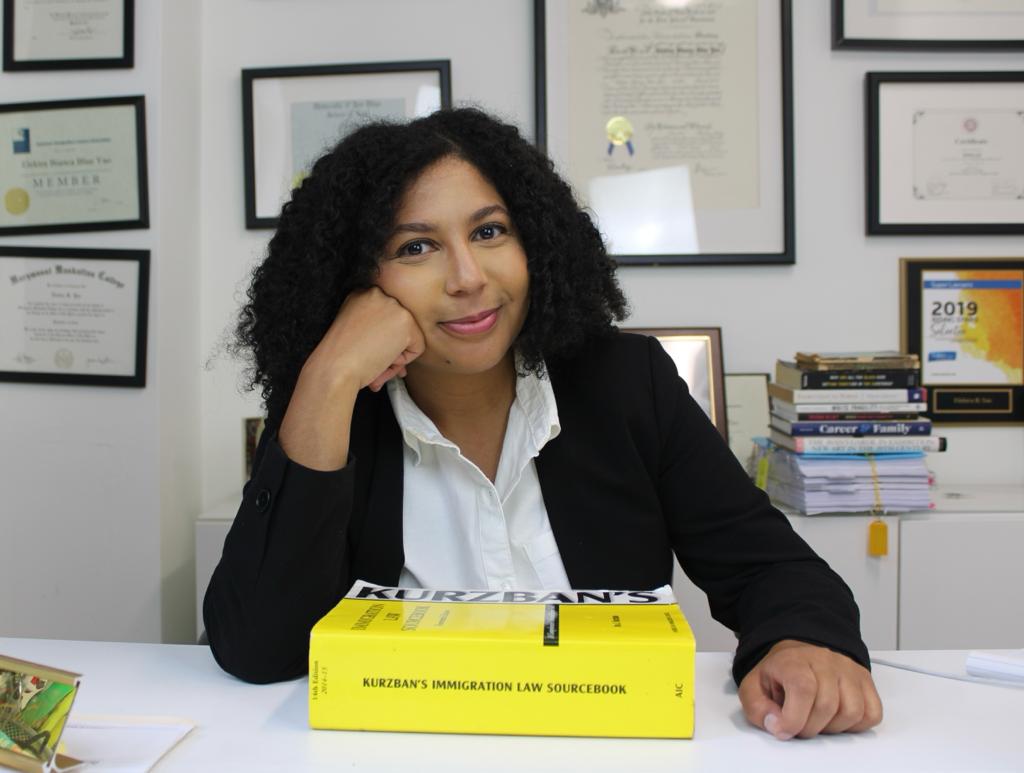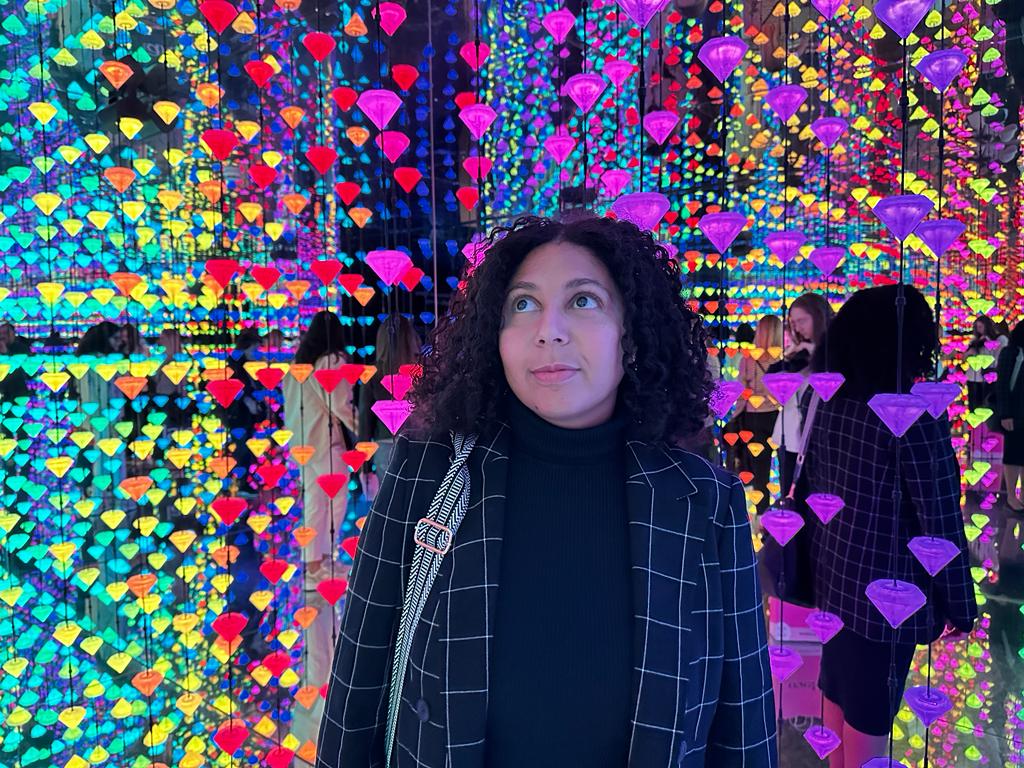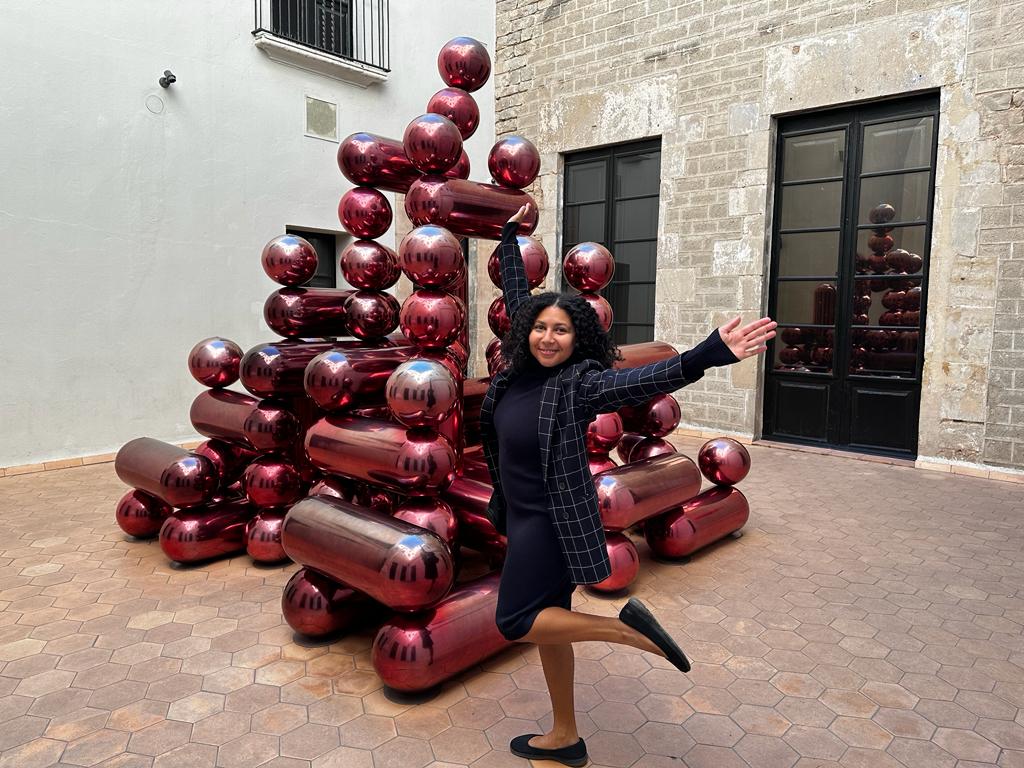We recently connected with Elektra Yao and have shared our conversation below.
Elektra , looking forward to hearing all of your stories today. Can you talk to us about a project that’s meant a lot to you?
I love representing artists. Art is a form of communication that is not understood by all, particularly an immigration officer that is judging the fate of an artist. Representing a diverse roster of artist has allowed me to see and understand different artists and their unique situations. One of of favorite clients was also one of my most difficult cases, that had been rejected by other attorneys.
A represented an actor who had very limited US based theatre productions. He also did not perform in traditional theatre. My job was to ensure that I was an effective storyteller of his artistry while filing the federal law with regards to international artists. I focused on this actor’s unique background in miming and demonstrated the evolution of miming and how my client had incorporated traditional elements of miming into immersive theatre. I also was very clear that while they were two different aspects of theatre, the expertise of my client enabled him to seamlessly perform in productions that were loved by the public.
Working on complex cases that other attorneys reject is thrilling because I am helping my artist client have a chance at pursuing the American dream. Everyone deserves a fighting chance at accomplishing their dreams!

Awesome – so before we get into the rest of our questions, can you briefly introduce yourself to our readers.
I am known as The Artist Visa Lawyer and I am the founder and principal attorney at Yao Law Group law firm dedicated to representing international artists and creatives.
I earned my Bachelor’s Degree in Communication Arts from Marymount Manhattan College in NYC, one of the top art schools in the nation. During my undergraduate university career, I wrote, directed, and produced two documentaries (N*gga What? and The Choking Game) which were screened in Texas and New York City. During college, I worked for MTV, The Style Network, and other distinguished production companies in the Film and TV industry.
I am a very active attorney and is a member of The American Immigration Lawyers Association, Black Entertainment and Sports Lawyer Association, and The New York City Bar Association, where I am a member of several committees.
I have won multiple awards such as The Super Lawyers Rising Star Award, Top Black 40 Lawyers under 40, Top American Lawyers, and more
As a multicultural attorney, with immigrant parents from Italy and Cote D’Ivoire, I am fully fluent in French, Italian, and Spanish. I have lived, studied, and worked internationally in the US, the EU, and Africa.
I have successfully represented chefs, tattoos artists, influencers, actors, record labels, modeling agencies, production companies, individual artists, creatives, and more.

What can society do to ensure an environment that’s helpful to artists and creatives?
I strongly believe that artists need a plan of action and need to understand that a business team and legal team are critical for long term success.
The starving artist is a deep-rooted and somewhat dated mentality. Artists may believe that this mentality is needed to really appreciate and romanticize our craft. However, as the cost of living continues to rise across the globe, that mentality isn’t always sustainable and monetization becomes increasingly imperative.
So, how do art and business collaboration go hand in hand?
Collaboration
An easy way to think about the business of collaboration is to reflect on the fashion industry. At a fashion shoot there are designers, models, visual artists, photographers, and more. A photoshoot takes many artists and leads to a culture of collaboration. Such collaboration is not limited to fashion and it is up to oneself to find that synergy within their own industry. Finding how to successfully collaborate, network, and meet other like-minded individuals is key.
Collaboration isn’t just for monetary gain, being around others in the industry will invigorate oneself with that creative energy needed to spark ideas and create masterpieces. Sure, there were many famous artists that worked on their own like Van Gogh or JD Salinger but in today’s world, where access to each other is instantaneous, collaboration and crossing industries is easier than ever.
Crossing industries
A Tejano singer, Selena, was the lead singer of her band but she loved fashion. Eventually she started designing her on-stage clothes and became solidified in the fashion industry. Leveraging your current position to break into other industries is not far fetched or unheard of. In fact many artists do this or strive to do this in order to expand their reach and expertise.
An easy way to think about this is artists that teach others. For example a photographer may want to teach a beginner class in order to gauge new interest for their network or community. It’s important to realize that as an artist, there’s no limit to what you can do. Collaboration, networking, and exposure are all part of the business of the arts.
When watching a TV show, some may notice that there is art in the background, on the walls, in a house, maybe even on a t-shirt. Someone makes this art and has the sense to get their art in front of the camera. Taking the time to think outside the box, in not just an artistic way but also in a business sense, can get that artwork out there and give an artist exposure.
Monetizing art is a loaded topic and comes with a headache of laws and regulations.
Regulation
There are trademarks and copyrights in the IP sphere, there are artist visas in the immigration sphere, and there are art laws themselves such as agency agreements, consignment agreements and other contracts. These contracts govern the sale of artwork within a gallery or a venue.
There are even new laws and regulations popping up such as artist resale rights, which may entitle the artist to compensation anytime the piece is resold. However, getting to this point requires a shift.
Shift The Narrative
To effectively participate in the business of the arts, two things must be done, the first is to shift the mindset. Submitting to the starving artist mentality, however romantic it may be, is detrimental to the artist as a business.
The second step is to figure out different venues or avenues to be able to monetize, this includes crossing industry lines. Having a goal to collaborate, build, and monetize with other artists does not take any beauty away from one’s art.
Changing the mindset empowers artists and allows them to continue to express their creativity. There are so many wealthy artists out there who still love and enjoy their craft. You can be one of them and honing in on the business of the arts is the first step in that process.

Do you think there is something that non-creatives might struggle to understand about your journey as a creative? Maybe you can shed some light?
LinkedIn may also be thought of as a tool utilized by business people, salespeople, and similar professions which may make artists and creative a bit weary of engaging on the platform.
Despite this, LinkedIn is a powerful tool that artists and creative professionals can use to develop relationships with others. What it comes down to is being open to potential relationships, business developments, or press.
Who’s on LinkedIn?
Agents, publicists, editors and more all utilize LinkedIn and are always on the lookout for new opportunities. By having a presence on this platform, you have the opportunity to reach out and foster a professional relationship with people that may support your career and future endeavors.
For example, a visual artist specializing in portraiture may have pioneered a great lighting technique that must be shared, well on LinkedIn there are journalists constantly looking to publish new work.
LinkedIn can also be a tool to build up a network.
There may not be as many other artists on the platform but there are certainly museums, venues, marketers, and more. Closing oneself off to these opportunities is detrimental to a career. Besides, LinkedIn is a standard practice for all fields meaning that anyone that will assist in an artist’s career is more than likely on LinkedIn.
What it all boils down to is bringing value and receiving value. Obviously, an artist isn’t going to make a LinkedIn account and magically be in the latest and greatest articles and venues. Putting the time and effort into building and nurturing relationships goes a long way as people tend to work with those they like.
How Do I Connect?
Start having a voice in the community. An easy way to begin this process is to like and comment on posts relevant to your field and community. Leaving genuine comments instead of just reacting with emojis will eventually get results.
People tend to appreciate thoughtful comments and this in turn starts the relationship building. Eventually, the commenting, liking, and sharing will show good fortune on your personal profile. It is at this point that true business and artist collaborations are most likely.
So what are you waiting for?
If it’s not already in existence, make that LinkedIn profile and begin networking. Create content or post the best work in your portfolio. Remember, it’s not about developing relationships with artists and peers, it’s about seeking out those that can support your career in the long run.
Contact Info:
- Website: https://yaolawgroup.com
- Instagram: https://www.instagram.com/yaolawgroup/
- Facebook: https://www.facebook.com/yaolawgroup
- Linkedin: https://www.linkedin.com/in/elektrabyao/
- Twitter: https://x.com/elektraesq
- Youtube: https://www.youtube.com/@yaolawgroup



